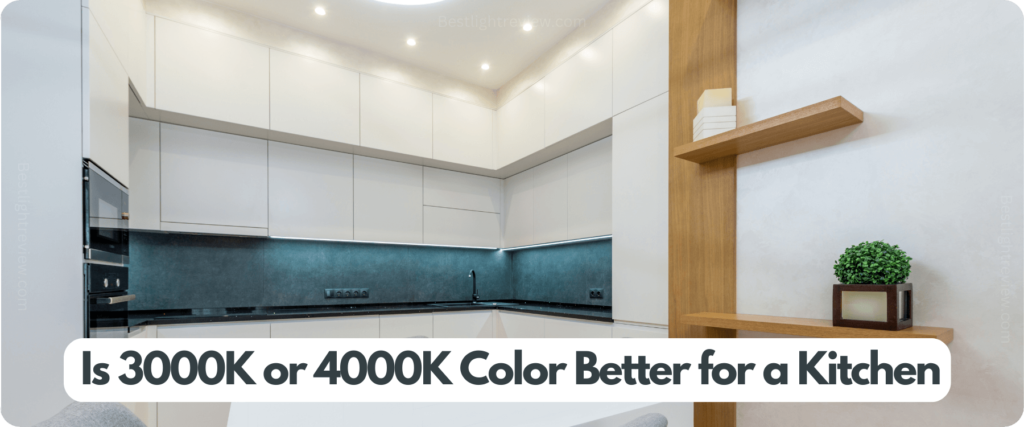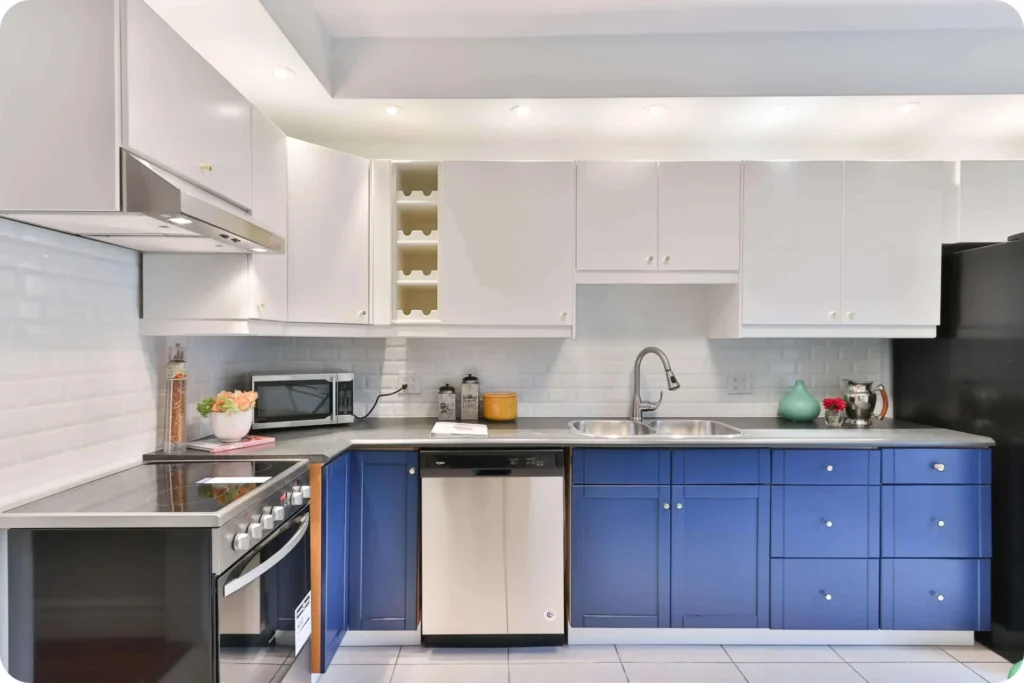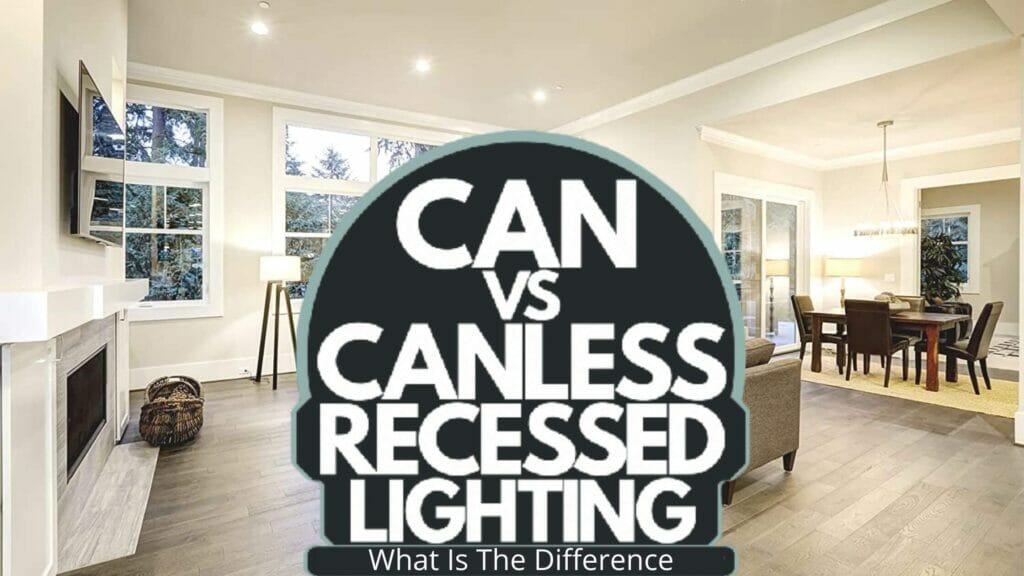

When it comes to kitchen lighting, there are a lot of factors to consider. One of the most important is the color temperature of your bulbs. The most common option is 3000K or 4000K for the kitchen. But which one is better? In this article, we’ll take a closer look at the differences between 3000K vs 4000K Light. and help you to decide which color temp is best for your kitchen.
Introduction
Effective lighting plays an important role in every room and every corner of your house, and particularly in the kitchen. The suitable lighting ensures visibility while cooking and also enhances the ambiance and impacts mood. Among the crucial decisions when it comes to kitchen lighting is the choice of color temperature.
What is Color Temperature?
Color temperature is a metric used to describe the hue of a light source. It is measured in Kelvin (K), with lower Kelvin temperatures denoting warmer tones and higher Kelvin temperatures signifying cooler tones. The Kelvin scale ranges from 1000K to 10,000K, with household lighting typically falling within the 2700K to 5000K range.
The Difference Between 3000K vs 4000K LED Lights


The dissimilarity between 3000K and 4000K may appear subtle, but it holds significant relevance. 3000K emits a warm white light akin to the color produced by incandescent bulbs. It emanates a cozy and inviting ambiance that can infuse your kitchen with comfort and homeliness. In contrast, 4000K emits a cool white light resembling daylight. It imparts a crisp and clean aesthetic, rendering your kitchen with a modern and energized feel.
Pros and Cons
3000K Color Temperature:
- Pros: Warm and inviting, similar to incandescent bulbs, can make your kitchen feel cozier.
- Cons: Can make colors appear yellow or orange, may not provide enough light for tasks like chopping or reading recipes.
4000K Color Temperature:
- Pros: It produces a crisp and clean light resembling daylight, and imparts a modern and energized vibe to your kitchen.
- Cons: May cause colors to appear bluish or grayish, and can be perceived as too harsh or clinical by some individuals.
Which One Suits a Kitchen Better?


The ideal choice between 3000K and 4000K hinges on your personal preferences and the unique requirements of your kitchen. If you seek a warm and inviting ambiance, 3000K might be the superior option.
However, if you prefer a lighter and more contemporary aesthetic, 4000K could be the better choice. Importantly, consider the specific tasks you will be performing in your kitchen. Opt for a higher color temperature, such as 4000K, if you anticipate engaging in detailed work like cutting or reading recipes.
Factors to Consider When Choosing a Color Temperature
When choosing a color temperature for your kitchen, there are several factors to consider:
1. Kitchen style
The style of your kitchen can influence the selection of color temperature. For more traditional or cozy kitchens, 3000K may align better. On the other hand, if your kitchen exudes a modern or minimalist vibe, 4000K might be the preferred choice.
2. Lighting needs
Assess the lighting requirements of your kitchen. If you have a spacious kitchen with high ceilings, brighter lights may be necessary, a criterion met by 4000K. Conversely, for smaller kitchens, 3000K may suffice.
3. Light bulb type
The color temperature can be influenced by the type of light bulb you choose. LED bulbs are commonly employed in kitchens and are available in both 3000K and 4000K variants. Ensure the selected bulb possesses the desired color temperature by checking the label.
4. Dimming options
If you desire control over the brightness of your kitchen lights, consider selecting dimmable bulbs. However, ensure that the color temperature range of the bulb aligns with your requirements, as certain dimmable lights have restricted options.
Conclusion
Determining the optimal color temperature for your kitchen lighting is a subjective matter. Both 3000K and 4000K can serve as excellent choices, depending on personal preferences and the needs of your kitchen. Take into account factors such as kitchen style, lighting needs, light bulb type, and dimming options to guide your decision-making process.






